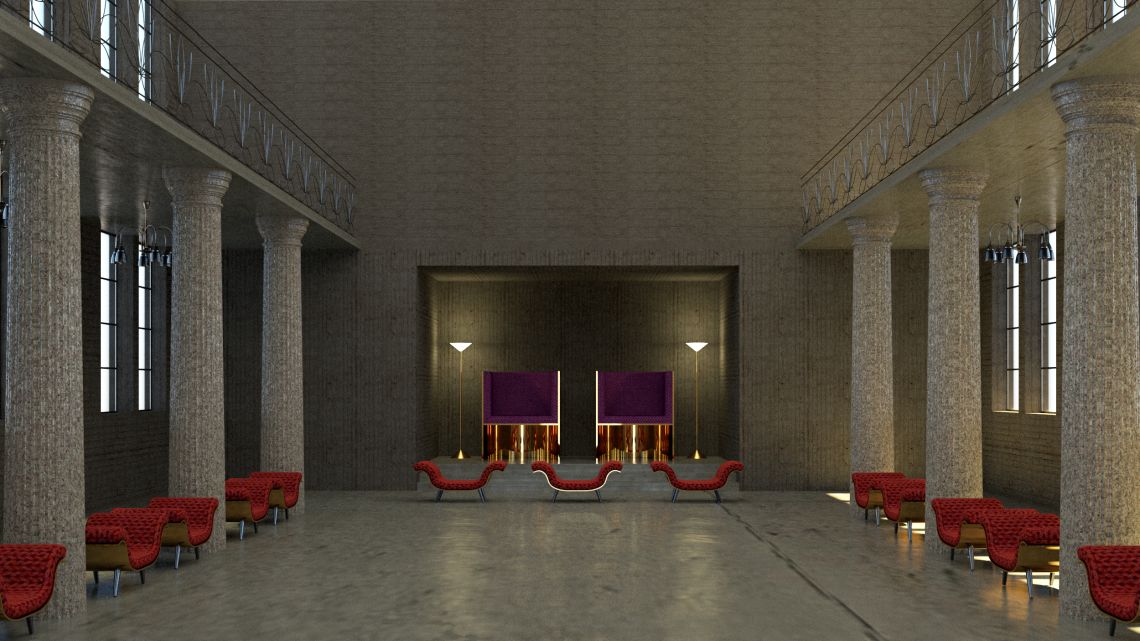Your browser is out-of-date!
For a richer surfing experience on our website, please update your browser. Update my browser now!
For a richer surfing experience on our website, please update your browser. Update my browser now!
Recontextualizing a character from the epic tale Mahabharat into a film set in a fictional world. Here the character Shikhandi has been imagined in the world of the Hunger Games movie series.






